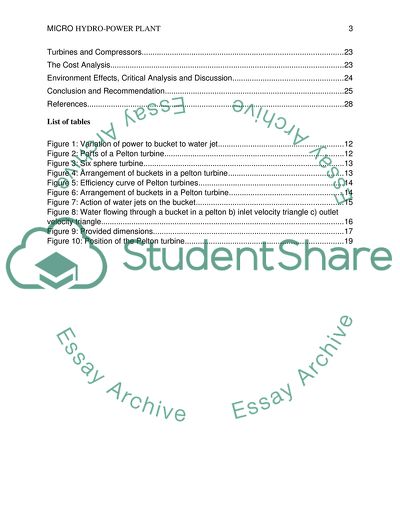Cite this document
(Micro Hydropower Plant Coursework Example | Topics and Well Written Essays - 4250 words, n.d.)
Micro Hydropower Plant Coursework Example | Topics and Well Written Essays - 4250 words. https://studentshare.org/engineering-and-construction/1868887-micro-hydro-power
Micro Hydropower Plant Coursework Example | Topics and Well Written Essays - 4250 words. https://studentshare.org/engineering-and-construction/1868887-micro-hydro-power
(Micro Hydropower Plant Coursework Example | Topics and Well Written Essays - 4250 Words)
Micro Hydropower Plant Coursework Example | Topics and Well Written Essays - 4250 Words. https://studentshare.org/engineering-and-construction/1868887-micro-hydro-power.
Micro Hydropower Plant Coursework Example | Topics and Well Written Essays - 4250 Words. https://studentshare.org/engineering-and-construction/1868887-micro-hydro-power.
“Micro Hydropower Plant Coursework Example | Topics and Well Written Essays - 4250 Words”. https://studentshare.org/engineering-and-construction/1868887-micro-hydro-power.


